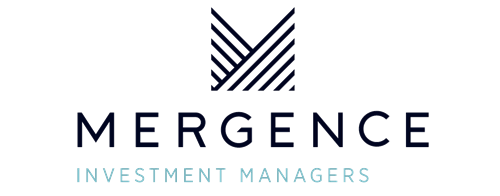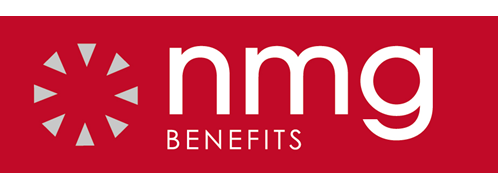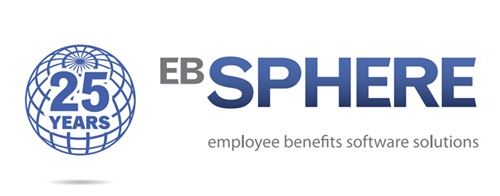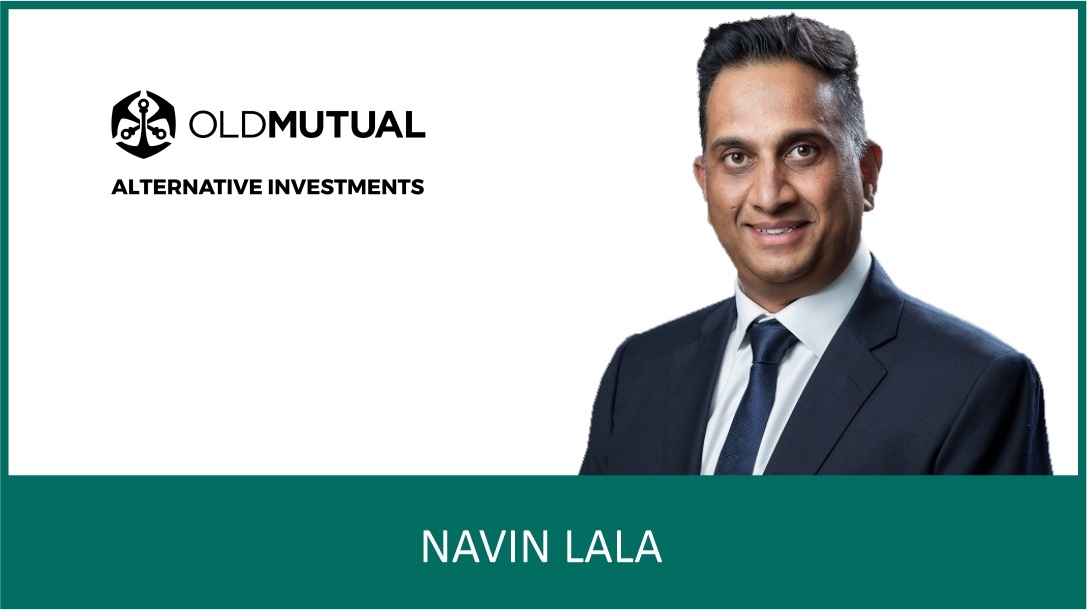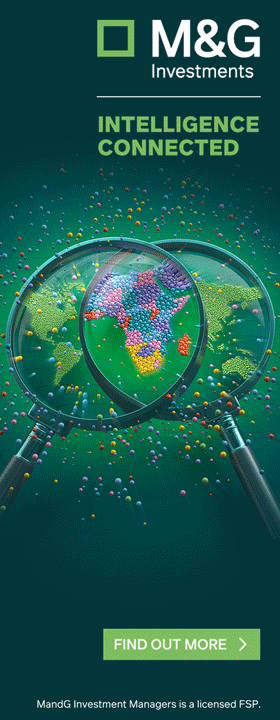Navin Lala, Client Director at Old Mutual Alternative Investments
South African retirement funds are increasingly exploring ways on how to improve member outcomes by accessing higher returns with greater certainty and sustainable impact. Listed assets serve an important role and are where retirement fund portfolio exposures are concentrated. While listed markets are a good source of returns, they do not capture the full set of investment opportunities available in our domestic economy. Private markets, however, provide investors with access to businesses and assets that grow and compound value outside the traditional public exchanges. Private markets when combined with traditional assets (listed), enhance returns, improve diversification, fund the real economy and drive greater impact in ways that listed exposures simply cannot easily replicate.
So, what are private markets?
In a nutshell, they are the same as equity and debt investments in listed markets with the key difference being that these companies are private and not listed on public exchanges. They are highly selective investment opportunities where the investment manager’s edge comes from expert origination (finding the right investment opportunity), rigorous due diligence and active ownership. This is a specialised toolkit that is significantly different to buying shares or government bonds in a public market.
A key consideration for trustees should be to evaluate the manager’s ability to originate, create value and exit assets in a repeatable way. Managers operating in the same environment can deliver significantly different outcomes, making manager selection of the utmost importance.
Why should pension funds consider these assets?
Firstly, in private markets the larger universe of investment opportunities underpins the potential for superior long-term returns using levers that are not available in public markets (i.e. actively partnering with management to drive value creation). Globally there are 95,000 privately owned companies with revenues that are greater than US$100million compared to only 10,000 publicly listed with revenues of the same size.
The second is the diversification benefits. Private assets provide access to sectors and industries that may not be available in public markets, providing different source of returns (and risk) making them less correlated to listed equities and bonds.
The third is access. Many South African growth stories remain private for most of their life; private markets provide capital to these businesses particularly during their growth stage which is where greater compounding occurs.
What are the core private market investment types?
Private equity acquires companies which may already be private or taking public companies private and provides them with capital and expertise to drive value creation.
Private debt is a source of private capital that lends money to either private or public companies rather than to governments or listed corporate bonds. It ranges from senior secured lending that targets predictable interest and principal payments to hybrid capital which is also debt in nature and risk but with equity like returns.
Infrastructure invests in long-lived assets such as renewable energy, digital infrastructure, transport and logistics and social infrastructure where revenues are typically based on long-term contractual purchase agreements that are inflation linked providing investors with embedded inflation protection and reliable cash flows and returns.
High impact investments are those that are clearly defined, intentional, measured and reported. These investments provide dual benefits where they deliver measurable social and environmental outcomes alongside financial return; examples include investments in quality education and affordable housing.
Managing liquidity
Illiquidity is often seen as a stumbling block, but it shouldn’t be. Private assets are long-term by nature. Typical holding periods are five to seven years for private debt and seven to ten years for private equity.
In the case of private debt, investors receive money much sooner as interest and capital is typically paid back monthly. Loans also have predefined periods making them contractually self-liquidating.
Equity investments, be it listed or private, require a long investment horizon, where capital and growth is returned as portfolio investments are realised with full liquidity being more back ended.
Regulation 28 recently increased limits to private market exposure allowing pension funds increased access towards this important growth asset class. This places funds in a strong position, allowing them to construct portfolios in a way that allows for liquidity while leveraging high growth assets.
Considerations for retirement funds
For funds that are new to private markets the first step would be to determine the type of return payoff profile and impact required to enhance existing portfolio assets. This will inform the type of private market exposure required e.g. Private Equity, Private Debt, Infrastructure, Offshore or High Impact investments.
The next and most critical step would be to select an established manager that has a long-term demonstratable track record in originating, deploying, managing and exiting investments across cycles. With private markets being long-term in nature it is important to select a manager you can partner with over the long-term.
For trustees, the opportunity is to build portfolios that do more with every rand: diversify beyond the listed, back real businesses and assets and improve member outcomes with greater confidence. Private markets will not replace listed exposures, but the strongest funds in the next decade will blend both to capture growth and resilience.
ENDS








